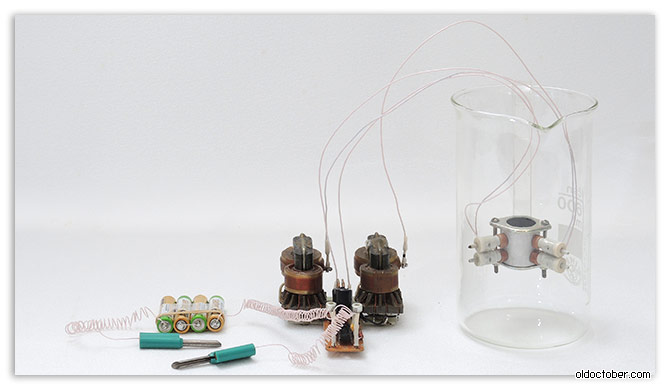Two views on the most important issues of the inner life of the sun. How is the stability of the course of the thermonuclear reaction maintained, and how is the released energy removed to the surface of the sun? From a generally accepted point of view, when the hot fully ionized plasma inside the sun is in chaotic motion, the answer to the first question looks like this (quoting wikipedia). «The fusion rate in the core is in a self-correcting equilibrium: a slightly higher rate of fusion would cause the core to heat up more and expand slightly against the weight of the outer layers, reducing the density and hence the fusion rate and correcting the perturbation; and a slightly lower rate would cause the core to cool and shrink slightly, increasing the density and increasing the fusion rate and again reverting it to its present rate.»
From the point of view of the theory of crystalline plasma (Grinev), at a sufficiently high temperature, fully ionized atomic nuclei and free electrons self-organize into a rigid structure where there is no spontaneity, and collisions of nuclei are possible only in the focus of plasma crystals. Moreover, the size of this focus, which means that the probability of a collision of nuclei depends on the degree of excitation of this plasma cell. After the implementation of the next thermonuclear interaction, the released energy greatly distorts the symmetry of its own and neighboring crystal cells. The alignment of electron flows and nuclear trajectories is disrupted, and the probability of a new act of interaction of nuclei in this local location is reduced to zero. Only after the excess energy is dissipated, the equilibrium is restored. Such negative feedback regulates energy release well at any depth and in any location.
On the second issue, the issue of the removal of energy from the inner regions of the sun to the surface. Each act of thermonuclear interaction is accompanied by the scattering of high-energy particles and the emission of a hard gamma quantum. Hot plasma quickly absorbs kinetic energy of particles, light quanta are repeatedly re-emitted on electrons by the "Rosseland mean opacity" mechanism. Due to the randomness of the thermal motion of the plasma, the thermal conductivity of the solar column turns out to be very small. A quantum of light passes into the relativistic part of the electron mass an infinite number of times, then is emitted again at the first collision with a plasma particle. It is difficult to imagine how the number of these stray quanta affects the probability of new acts of thermonuclear reaction by feedback.
According to Grinev's version, electrons in a plasma crystal move along their trajectories harmoniously, they do not collide and do not emit. Only the nuclei of atoms in the focus of the crystal are subjected to collisions. At the periphery of crystals, jets of electrons moving at relativistic velocities flow freely between neighbors. The thermal conductivity of such a formation is many orders of magnitude greater than in chaotic thermal motion. A noticeable temperature gradient in the radial direction to the surface is sufficient for the released thermonuclear energy to leave the reaction zone.





